A Day at Denver Botanic Gardens
When we decided to visit the Denver Botanic Gardens, we did not realize it was recognized as one of the top five botanic gardens in the US.
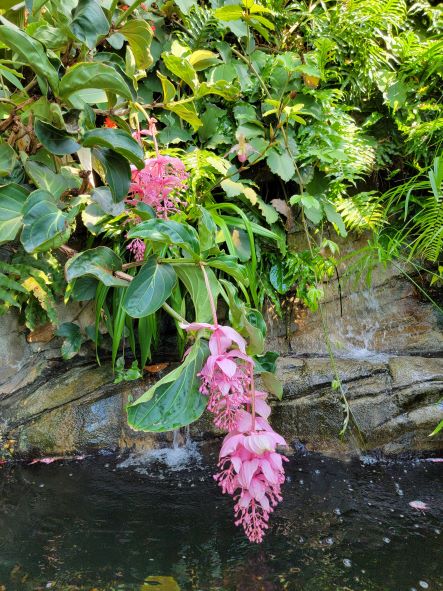
After spending several hours there, wandering most of their 24 acres, it is easy to see why they receive that recognition. With the wide diversity of plants from all over the world, there are several gardens within the facility.
The first area we explored is Garden of the West with its regional garden areas and plants native to this area. The Bristlecone Border, one of three gardens in the Western Panoramas, is a demonstration of Colorado’s subalpine ecosystem from 10,000 feet to 11,500 feet. Gnarled bristlecone pines are accentuated by a variety of native grasses, flowers and shrubs.
In the Cactus and Succulent House, tender cacti and succulents representing 20 families are displayed in this quaint glass house. Unusual, desert-adapted old-world exotics lead into native species of North America, Central America and South America.
The Conservation Gardens area spotlights Colorado’s rare and threatened plants and their companions, primarily from the southwestern portion of the state. Featured plants often correspond with those studied in the Gardens’ Research and Conservation Department.
Receiving no supplemental irrigation, the Dryland Mesa Garden is a showcase for arid-adapted plants. The garden features cacti, agave, yuccas, trees and shrubs that are suitable for our region. Peak bloom is from mid-May to mid-June.
This western-themed garden, Dwarf Conifer Garden, highlights the subtle variations in color and texture of dwarf conifers, a category of cultivars well-suited for small spaces. These slow-growing evergreens, perhaps best viewed in winter, gain only 1-6 inches of height annually.
The Welcome Garden serves as a gateway to the Gardens, offering year-round interest while hinting at what is possible in your yard. Among its features are flowing water, a gathering space and native plants intermingling with ornamental cultivars.
Next, the Ornamental Gardens with perennial and annual favorites of gardeners. We walked through herb gardens, daylily gardens, fragrance gardens, rose gardens, romantic gardens, sensory gardens, and scripture gardens. Well tended with beautiful flowers we felt like we were in someone’s back yard garden.
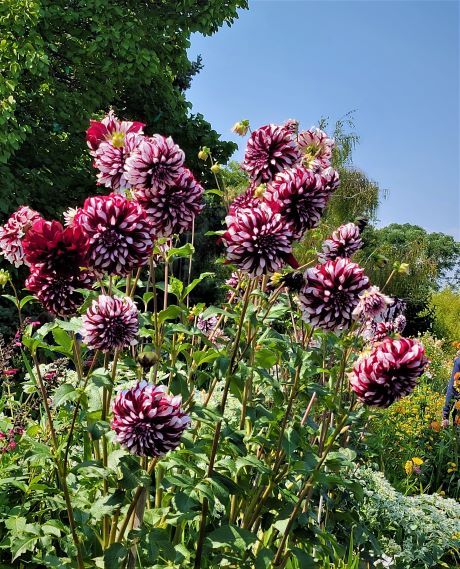
Since it was hot in Denver that day, the Shady Gardens provided a welcome relief to cool down. The Birds and Bees Walk allowed us to sit and watch hummingbirds and bees dart among the blossoms. Just the spot we needed after walking on a hot day.
In the Water Gardens, an extensive waterway system meanders through the Gardens and feeds seven water gardens. Together, they display more than 450 aquatic plant species and varieties. The Gardens is a world leader in aquatic gardening and the display of aquatic plants.
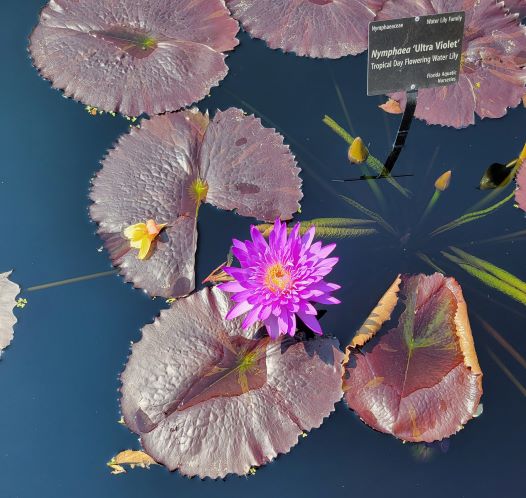
The Four Towers Pool is a pond adjacent to the Science Pyramid. There is a changing array of aquatic plants including papyrus, swamp hibiscus and cannas along with hardy and tropical waterlilies. The tower fountains in this pool are the entry point for water recirculated throughout all of our waterways running west to the Gates Montane pond.
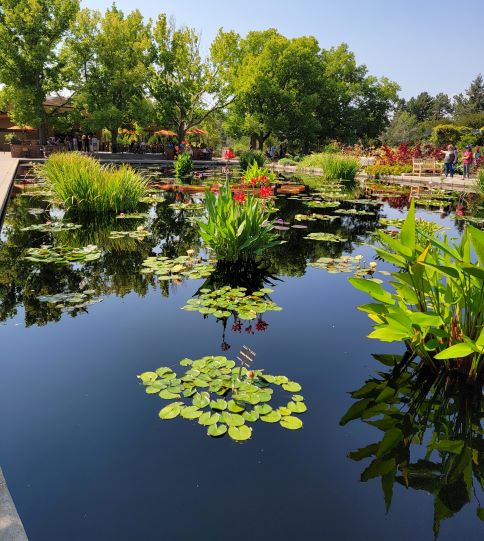
The Monet Pool was my favorite spot of all. It is the Botanic Garden’s largest water garden and features a stunning collection of aquatic plants including hardy and tropical waterlilies, Victoria waterlilies, pickerel plants, cannas, iris and more. Peak bloom occurs from June through September each year. We learned an annual Water Blossom Festival is held in early August.
Now to explore the Pyramid. The Science Exhibition Pyramid explores the ways in which the lives of Colorado’s living things are intertwined through landscapes and the finite resources we share. Interactive activities and stories allowed us to see and hopefully understand the bonds we have with nature. My favorite was a hologram of a globe showing how hurricanes, drought, and more affect different areas of our world.
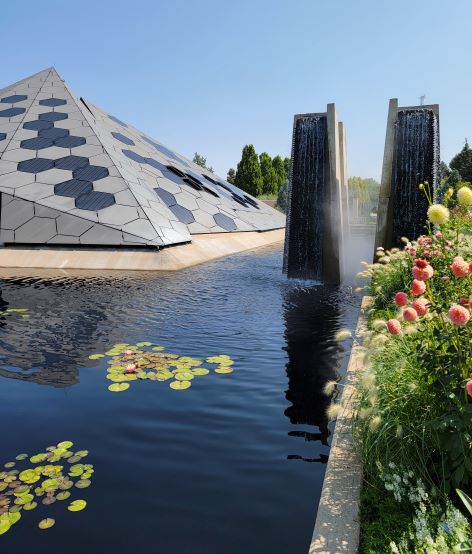
Take some time next time you are in Denver and visit the Botanic Gardens. Plan to spend at least three to four hours. You may take in water or you can buy drinks and food at two cafes within the facility. At this point in time, masks were not required outdoors if you were vaccinated.
If You Go: The Denver Botanic Gardens are located at 1007 York Street, Denver, CO. The hours are 9 to 7.
For more information check out https://www.botanicgardens.org/